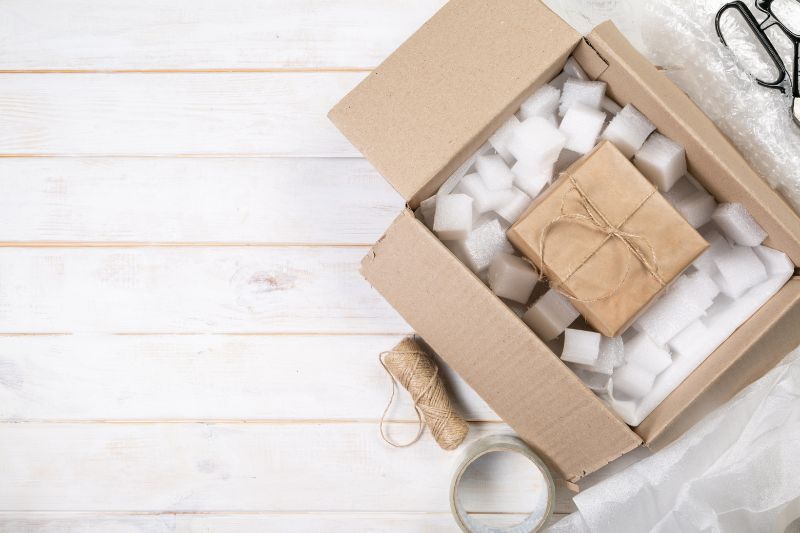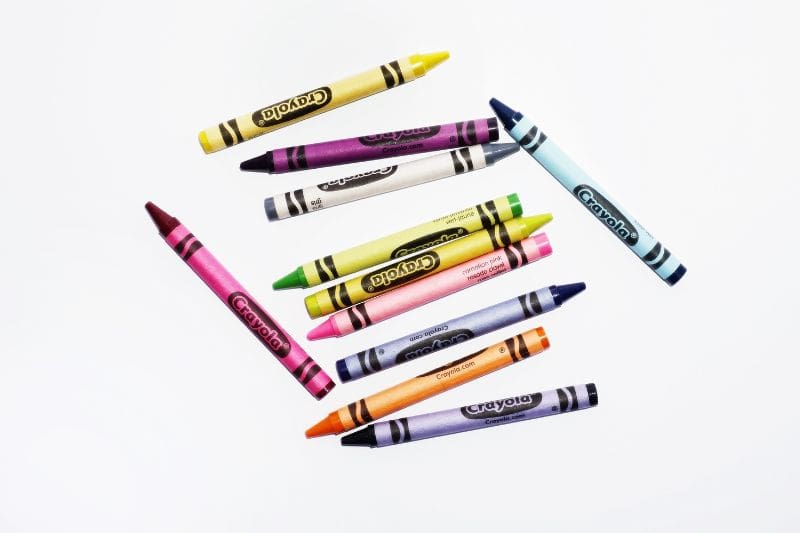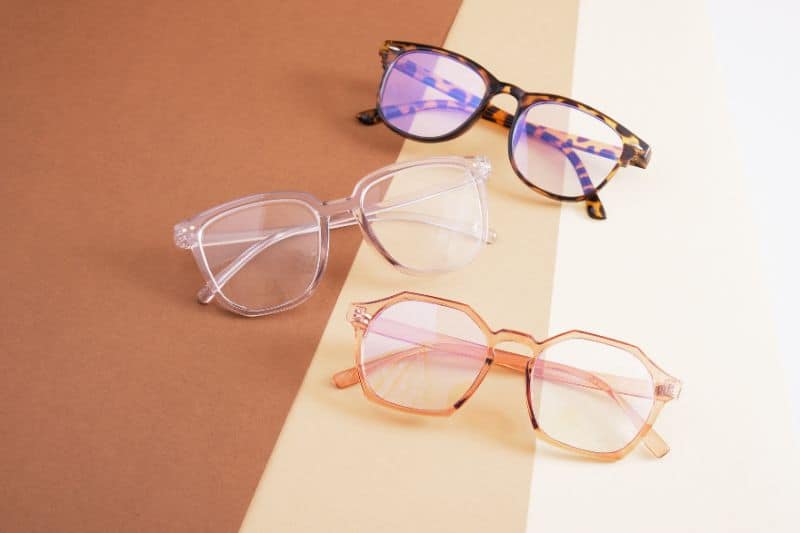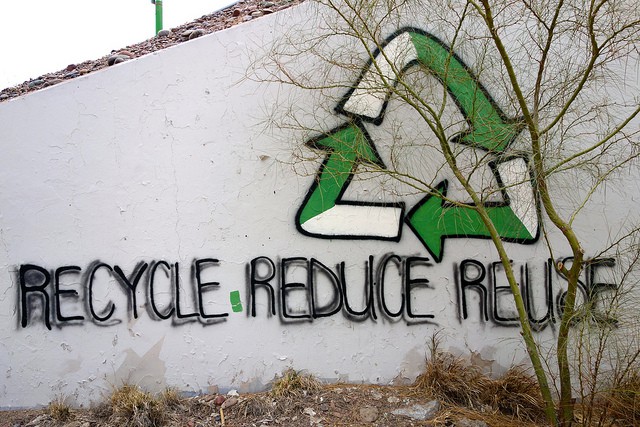Did you know that the average American is responsible for 4.4 pounds of trash every single day? Well, that translates to over 1,600 pounds of trash per person annually — and that’s pretty a lot!
Recycling, repurposing and reusing any available items is a way to reduce these emissions — but often people aren’t aware of all the ways to reuse items instead of throwing them out.
In this article, we will look at 10 less-popular items that you can recycle:
The greatest threat to our planet is the belief that someone else will save it
~Robert Swan

1. Foam Packing
Did a large box get delivered to your home with more foam packing than you know what to do with?
Call your local pack-and-ship stores to see if they accept foam peanuts or packaging items — often, stores will reuse them.
It’s much better if you can get it to a store that needs it than throwing it away and eventually ending up in landfills which are already overwhelmed.
2. Ink/Toner Cartridges
Why would you trash your empty ink cartridges when you can be green and easily recycle them and save yourself money?
Depending on the cartridge brand, you can sell it for up to $1 on Recycleplace.org. Staples will give a $2 voucher for old cartridges — you can use that credit towards a $30 purchase of new ink or toner.
It doesn’t take much effort to conserve energy and help our environment if you take a little time to figure out how to properly dispose of household items.
3. Razors and Toothbrushes
Disposable razors are inexpensive and simple to grab. After a few uses, most people don’t think twice before they throw the razor in the trash.
If you aren’t ready to give up disposable razors, look onto for disposable razors with the body made from recycled materials. The U.S. EPA estimates a whopping 2 billion disposable razors are thrown away every year.
You can help on the front end and purchase a recycled plastic razor or toothbrush from the brand Preserve, sold both online and in pharmacy stores.
The company makes its products out of yogurt cups and will take back the products it makes to be made into plastic lumber. There are 250 bin locations across the nation where you can drop off these products when you are finished with them, or you can send them in by mail.

4. Crayons
The National Crayon recycling program called Crazy Crayons accepts broken or small crayons. Crayons from around the United States are gathered and melted into fun shapes to be used again. The crayons are donated to hospitals, schools, arts programs and other organizations for children.
Another alternative is to take the broken crayons and enjoy a craft with your kids. Find all the old, forgotten crayons and remove the paper wrappers. Place the crayon pieces in a muffin pan, filling each circle around halfway full.
Bake the crayons at 300 degrees for around 15-20 minutes until the wax is fully melted. Let the crayons cool overnight and turn over the pan, tapping each circle to remove the crayons and reuse them again and again.
5. Electronics
Staples has a program that accepts MP3 players, digital cameras, iPods, palm pilots, cell phones and chargers, and much more.
You can also recycle your CDs, DVDs, pagers, audio and videotapes, and batteries with GreenDisk’s Technotrash. You pay $11.95 and GreenDisk sends a box to ship up to 25 pounds of E-waste. The fee pays for the box, the shopping and the recycling fees.
6. Cars
If you want to sell your car quickly, consider finding out car recycling prices from respectable online car buyers or local junkyards. You can get cash to turn your car in for parts recycling instead of simply letting it sit and deteriorate. If your car still runs, consider donating it to a local non-profit for a tax credit.

7. Eyeglasses
Check with local eye doctor’s offices or the Lion’s Club to see if they are interested in eyeglasses. The lenses are often reground, then given to people who need them.
In other cases, glasses are donated to someone with a similar prescription. You can even donate reading and sunglasses – there is always someone who will take advantage of eyeglasses that are no longer needed.
8. Clothing
Any wearable clothes can be dropped off at a local shelter or Goodwill to be reused by another person. If you have wearable women’s business clothing, it can go to Dress for Success, an organization that gives the clothing to women in need searching for jobs.
Unwearable clothing and towels are often welcome at animal shelters, where the old cloth is used for pet bedding.
You can also hold a clothes exchange if you have wearable clothes — this is the perfect way to switch up your wardrobe, save cash on back-to-school clothing or find a Halloween costume.
Per the EPA, only 15 percent of textiles are recovered each year, and that’s a problem. Do your part to keep man-made material — from clothes to rugs to blankets to couch cushions – out of the landfills.
9. Cups
Did you know that Americans dispose of enough plastic and paper cups, spoons and forks each year to circle the equator 300 times? That’s right, and you can do your part in keeping that number lower.
Instead of drinking water and coffee out of plastic and Styrofoam, use glasses you can refill. If you have to use paper cups, search online for EcoSmart Compostable paper cups that are made from 95 per cent renewable materials so they can be recycled.

10. Batteries
Single-use batteries contain various materials recyclable at a local facility or in a mail-in or take-back program. Recycling batteries through is an easy way to keep them out of the trash and is a highly effective practice for office buildings that go through a lot of batteries. Offices often sit out buckets to collect the batteries, then mail them all back at once.
Rechargeable batteries come in a range of sizes, from ones that power everything from your car to your phone. Many materials within the batteries, such as plastic, lead or metal, are recyclable. You can recycle batteries through take-back programs, or mail them in.
Some states even prohibit ridding your old batteries in the trash, making recycling them the only option. One great thing about recyclable batteries is that by purchasing them in the first place, you’re already helping the environment. Rechargeable batteries can be charged around 1,000 times before needing to be replaced.
11. Toilets
Are you replacing your toilet and don’t know what to do with the old one? The best way to dispose of the toilet is to recycle it! There are toilet-recycling programs that crush the porcelain and use it in concrete that’s poured on roads and sidewalks.
You can also contact a Habitat for Humanity program. These centers sell gently used or new home goods and the proceeds are used for local building projects.
But start by calling your local store to make sure they accept toilet donations so you can find a backup plan if they don’t. When remodeling your bathroom, cut down on waste by recycling the toilet. Even one less toilet that winds up in a landfill helps the planet.
Americans tend to do everything with gusto, and generating waste is no exception. Tons and tons of waste are produced each year in the U.S., and those alarming numbers need to be controlled. There are probably a lot of household items you didn’t know you could recycle.
Do what you can to save energy and protect our environment. Whether it’s one person or one million people who start acting, recycling can make a difference and save the depleting resources for future generations.






